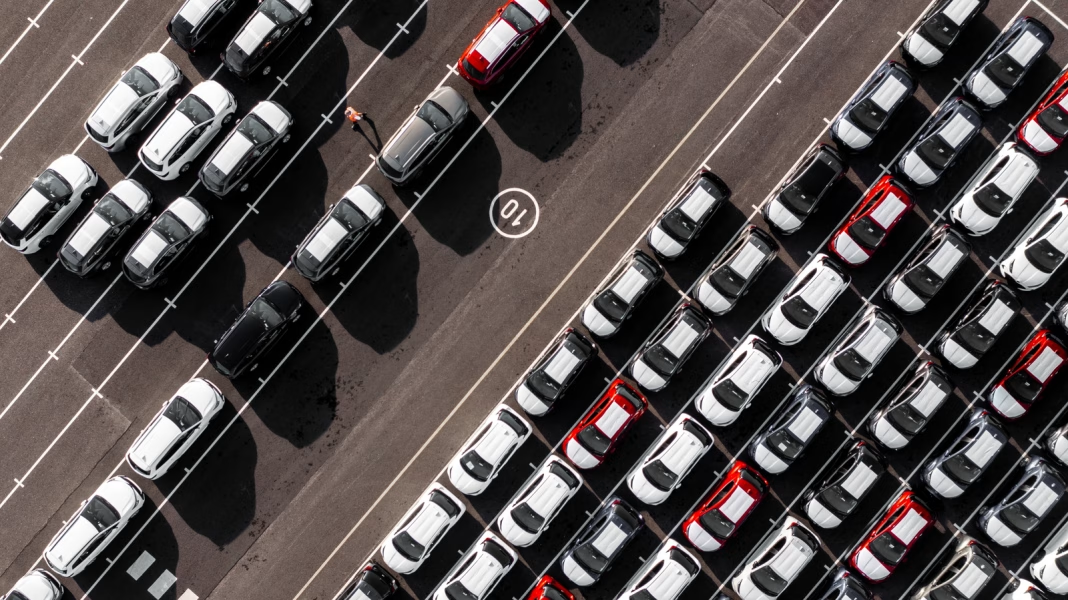Car sales in the U.S. and Canada are facing a significant downturn, with projections suggesting a drop of 1.8 million vehicles by 2025. This potential decline isn’t just a blip on the radar; it signals deeper issues that could reshape the automotive landscape in North America. Let’s dive into what’s driving this trend and what it means for consumers and the industry alike.
What’s Behind the Projected Decline in Car Sales?
Several factors are converging to create this challenging environment for car sales. First and foremost, economic pressures are weighing heavily on consumers. Inflation rates have been fluctuating, impacting disposable income and making it harder for many families to justify a new vehicle purchase. With rising costs for essentials like groceries and housing, the luxury of a new car may be pushed down the priority list.
Additionally, interest rates have seen a significant uptick. Higher financing costs can deter potential buyers, especially first-time car owners or those looking to upgrade. When monthly payments increase, many consumers may opt to hold onto their current vehicles longer, contributing to the projected decline in new car sales.
The Shift Toward Electric Vehicles
Another pivotal factor is the ongoing transition to electric vehicles (EVs). While this shift is undoubtedly positive for the environment, it also presents challenges for traditional car sales. Many consumers are waiting for the right moment to invest in EVs, hoping for advancements in technology, better infrastructure, and more affordable options. This hesitation can lead to a slowdown in overall vehicle sales as buyers hold out for what they perceive as a more significant shift in the market.
Moreover, the automotive industry is grappling with supply chain disruptions that have lingered since the pandemic. The shortage of semiconductors and other essential components has slowed production rates, making it difficult for dealerships to maintain adequate inventory levels. When consumers walk into a dealership and find limited options, it can lead to frustration and a reluctance to purchase.
What Does This Mean for Consumers?
For consumers, the projected drop in car sales could lead to a mixed bag of outcomes. On one hand, fewer sales might mean better deals for those who are ready to buy. With dealerships eager to move inventory, buyers may find more competitive pricing and incentives. On the other hand, if the market continues to tighten, it could lead to a scarcity of available models, especially as the demand for EVs grows.
Additionally, as the industry pivots toward electric vehicles, consumers may need to adapt their expectations. The transition to EVs comes with its own set of considerations, including charging infrastructure, maintenance costs, and potential tax incentives. For those who are hesitant about making the switch, it’s essential to stay informed about the evolving landscape and what it means for vehicle ownership in the future.
Navigating the Future of Car Ownership
As we look ahead, it’s clear that the automotive industry is at a crossroads. The projected decline in car sales is not just a temporary setback but a signal of broader changes on the horizon. Consumers should consider their options carefully, weighing the benefits of new technologies against their immediate needs and financial situations.
For those contemplating a vehicle purchase, it’s wise to stay informed about market trends, financing options, and the latest advancements in electric vehicles. Engaging with trusted dealerships and conducting thorough research can empower buyers to make informed decisions that align with their lifestyles and budgets.
In this shifting landscape, adaptability will be key. Whether you’re a seasoned car enthusiast or a first-time buyer, understanding the factors at play can help you navigate the complexities of car ownership in the coming years. As the industry evolves, staying ahead of the curve will ensure you make the best choices for your transportation needs.


